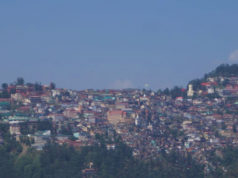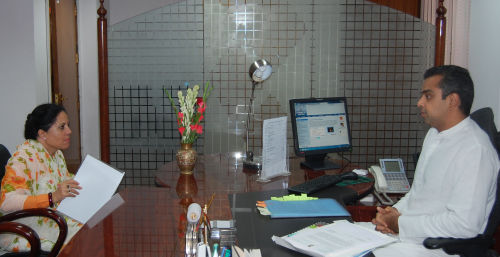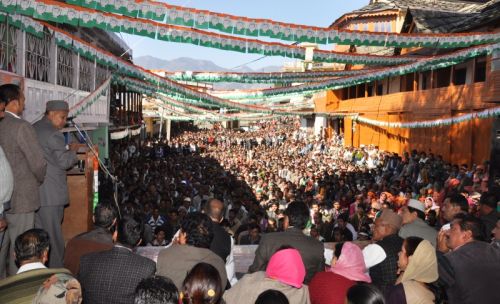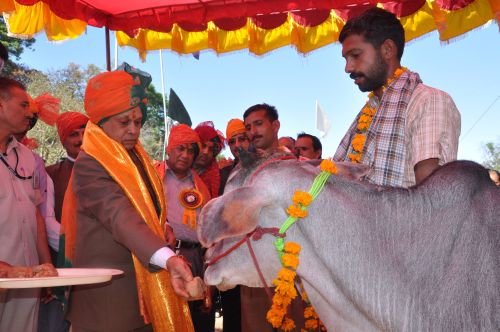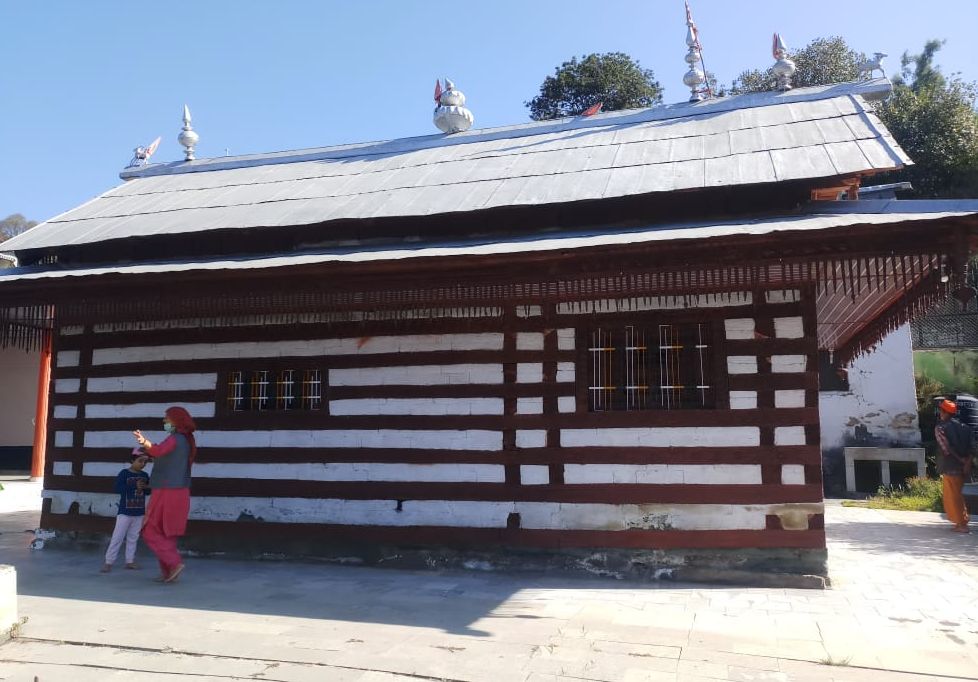
Nirmand/Kullu: If Hinduism is to be defined, I would call it a philosophy or way of life governing the mortals by amalgamating metaphysics and art. Four epochs viz Satya, Treta, Dvapar and Kali Yug are the major classifications in the timeline of Hinduism.
Satya Yug to be more precise was the period when Truth alone was the way of life. Every mortal being was a Godly figure characterized by Righteousness. The elements of malice, deceit, and enviousness were unknown. What followed the Satya Yug was the fall in righteousness with varying degrees.
Kali Yug is the present age of mankind in which we live, the first three ages had already elapsed. As per legends, Kali Kali Yug began at midnight of 17th February in 3102 B.C. Anger, lust, pride, discord and preoccupation with materialism dominated the general character of Human Beings. It was in this age that the concept of the temple evolved and idols were enshrined.
Temples acted as a safe haven where mortals can feel free from the constant vagaries of everyday existence and communicate personally with God. This gave way to the conception of a deity based on the individual cultural rooting which dotted the landscape of the Indian-Sub Continent. This vogue infiltrated the Himalayas in general and Himachal Pradesh in particular where Shaivism dominated the Religious aspects of life.
One such place is Nirmand in the district of Kullu. Nirmand is particularly associated with lord Parshuram. The presence of Parshuram can be felt in the folklore, temples, dance forms and local songs of the region. Nirmand is renowned for its exquisite wood and stone temples of the 6th and 7th centuries.
The name Nirmand is a spoiled form of Nrimund, which means the head of a man as the severed head of Sati. It’s believed that the head of Ma Sati was fallen here after the destruction of Daksha Yajna, also referred to as Daksha-Yajna-Nasha.
However, being an agriculturally dominated region, the worship of fertility Goddesses had also a profound presence on the cultural texture of Nirmand. One such temple of immense significance for the local populace and art lovers is the temple of Goddess Ambika.
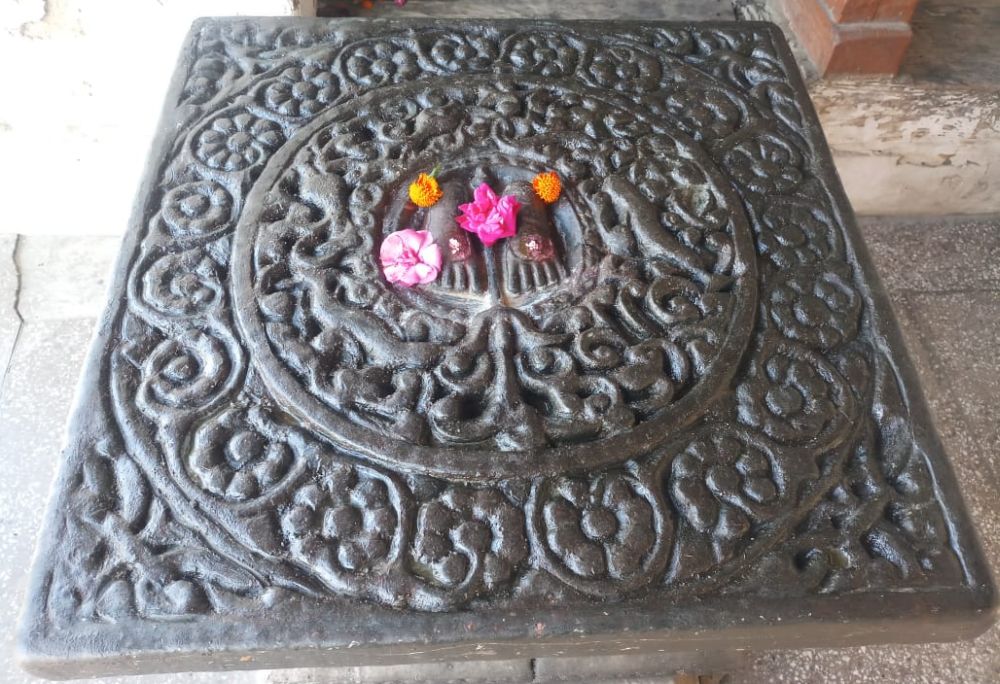
Legends of Goddess Ambika
According to the legend Lord Parshuram was instrumental in the making of the Ambika Temple. Lord Parshuram on the advice of Lord Vishnu meditated upon Mahakali (Ambika). Then Devi Ambika fought the demons using her weapons like Trishul (trident) and sword and killed all of them. After this event, a temple was constructed for Devi Ambika at Nirmand. According to the local priest, this temple is 2300 years old and is referred to as “CHHOTI-KASHI”. The Devi has eight mohras and the main mohra is called bhadrakali.
Another legend says that it was Lord Shankaracharya who created this temple as a place for Ambika Brajeshwari of Kot-Kangra. There are 365 steps to reach to the temple.
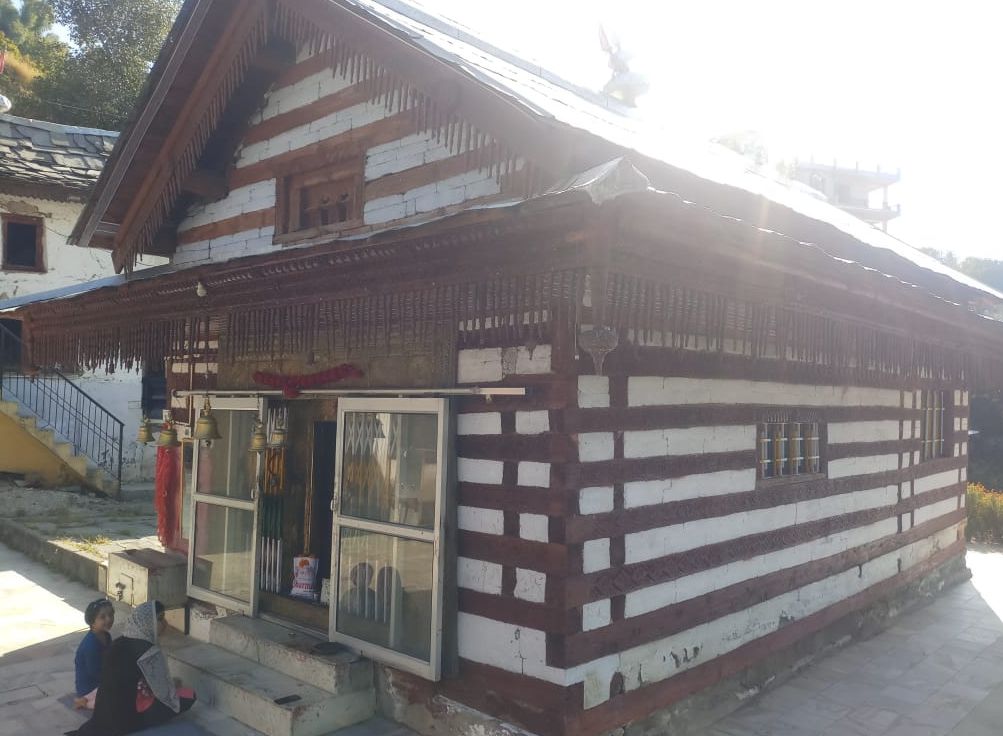
The Architecture
Ambika Devi temple is in form of a pent-roof style. Built-in the traditional Pahari form it has a gabled slate roof and uses wood and stone extensively. The stone sculptures in the temple complex are quite antique for e.g the stone sculpted tigers at the entrance. The intricate carvings on the idols and sculptures are praiseworthy. They are very proof of the fact that Pahari people had a keen eye for art and architecture. Stone being the primary material of the old ages most of the sculptures are of carved stones.
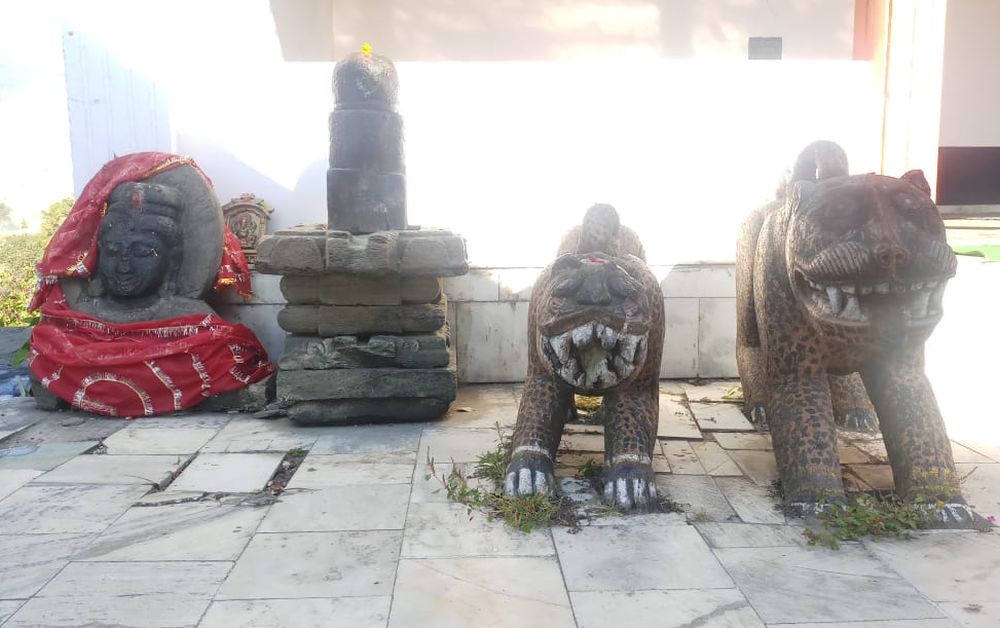
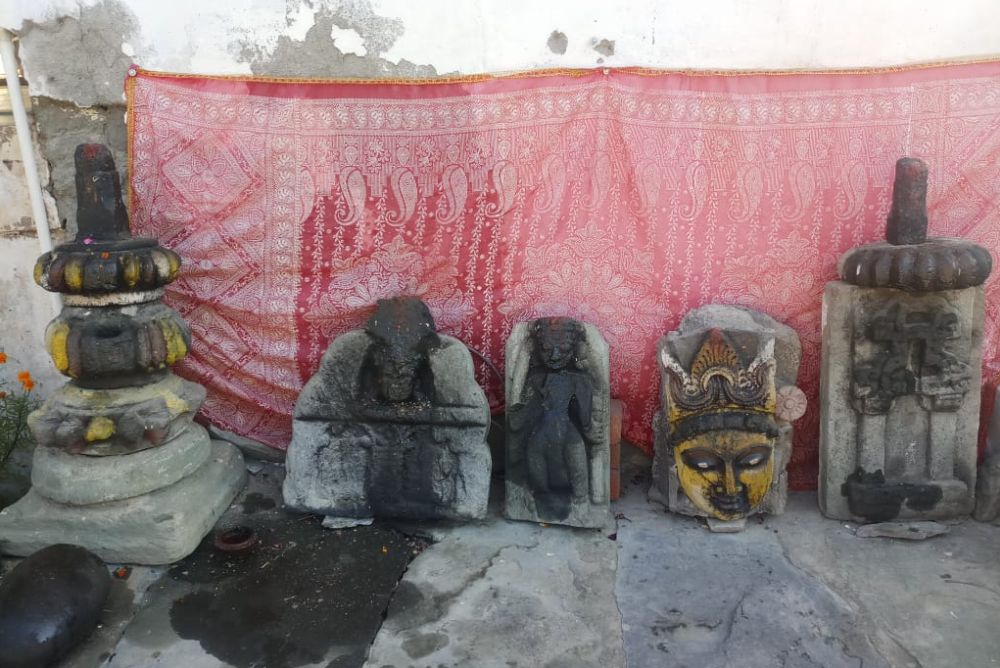
Annual Fair
Navratar, Nirshu Mela, Kaw Chhat Mela, Budhi Diwali at Nirmand, Budhi Diwali at Nirshu.
How to reach:
It is 181 km from Kullu. From Shimla, Nirmand is about 150 km and accessible by road only.





